In this work an attempt has been made to describe ancient India, during the period of Buddhist ascendancy, from the point of view, not so much of the brahmin, as of the rajput. Based on the literary, numismatic and inscriptional records, it throws light on points hitherto dark and even unsuspected. The two points of view naturally differ very much. Priest and noble in India have always worked very well together so long as the question at issue did not touch their own rival claims as against one another. When it did-and it did so especially during the period referred toñthe harmony, as will be evident from the following pages, was not so great.
Divided into sixteen chapters, the work presents a detailed account of the socioeconomic, geo-political and ethico-religious conditions of the country. It describes at length the history of kings, clans, nations, vis-á-vis their role in the growth and spread of Buddhism. We get a clear perspective of the activities of Candragupta, Asoka and Kaniska-the principal characters
in this performance. The Buddhist and kindred literature both in Pali and Sanskrit, with special reference to the Jatakas have been thoroughly exploited for this purpose.

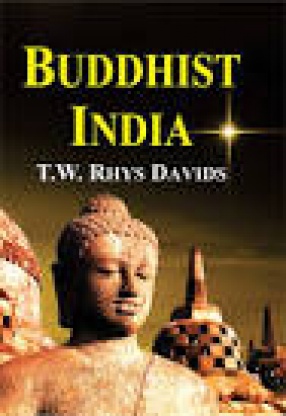
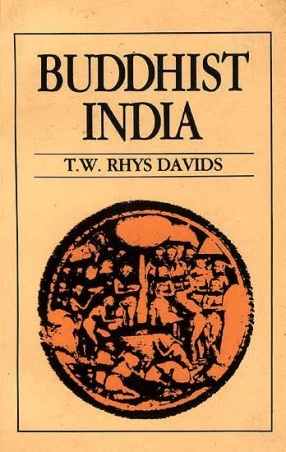
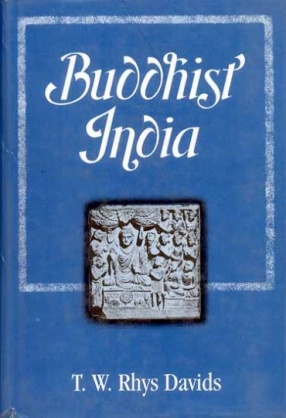
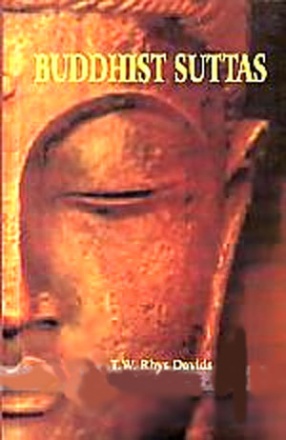


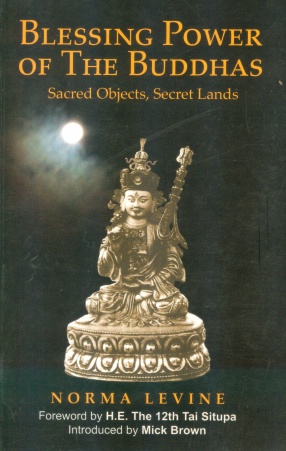
There are no reviews yet.